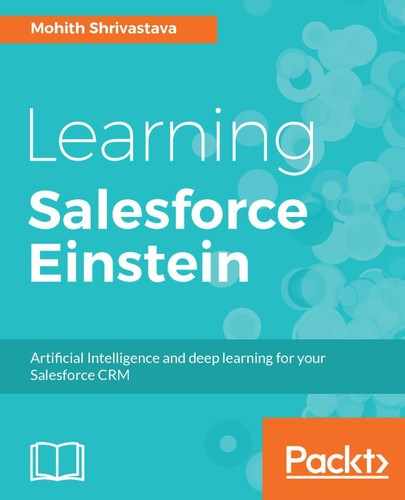IOT stands for Internet of Things. In simple terms, it refers to the connection of devices to the internet. These devices range from washing machines, cell phones, wearables, coffee machines, lamps, and anything you can think of that can be connected to the internet. As per Forbes' recent survey, by 2020, the market for IoT devices are expected to reach over 200 billion USD in revenue. With an increasing number of devices, it is now possible to collect large amounts of data and, with computing power becoming cheaper, one can use this large amount data to train and start predicting recommendations accurately.
Imagine that your car is connected to the internet and it tracks the traffic route you take daily. Based on the collected data and your calendar data, it can be smart enough to find the direction with the least traffic. Another example can be data from your wearables, such as Fitbit, that can automatically tell you the most productive time of the day for you to carry out certain tasks.
Salesforce has a platform known as IoT Cloud (also known as Thunder) that can process millions of events from various devices, and that users can build rules to take actions. It is practically not possible to get a trial edition of IoT Cloud at the time of writing this book. Hence, in this chapter, we will theoretically cover all the basics and technologies available in the Salesforce ecosystem connected with IoT Cloud so that the reader is well prepared for practical experimentation and further exploration.
In this chapter, we will cover the following topics:
- IoT Cloud key terms
- IoT Cloud components
- Apache Kafka on Heroku
- IoT integration on Salesforce's Force.com platform
- Using PredictionIO on IoT events
